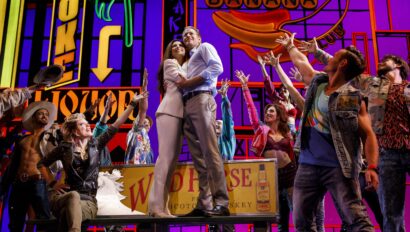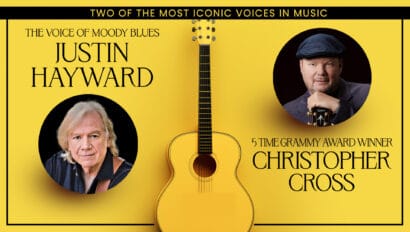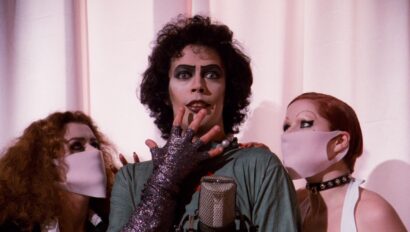Behind the Scenes with Neil Berg
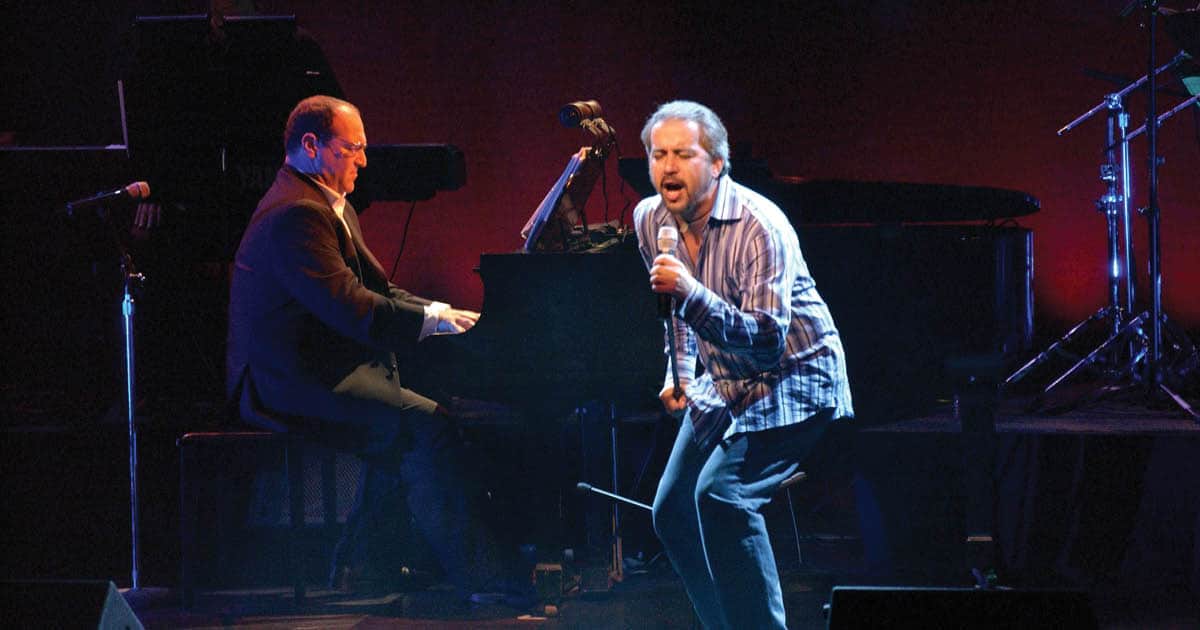
Lisa Condit spoke with Neil Berg about 50 Years of Rock & Roll Part 3, his career, the history of rock & roll and more. Read on for highlights from the interview, or listen to the full interview below. Then tune in to Talk of the Commonwealth with Hank Stolz on WCRN 830AM Fridays at 9 AM and Saturdays at 1 PM for more behind-the-scenes interviews.
Lisa: Hello everybody and thanks for listening! This is Lisa Condit here at Behind the Scenes at The Hanover Theatre. I’m excited to be bringing you Neil Berg today! Neil Berg is the mastermind behind Neil Berg’s 50 Years of Rock & Roll Part 3 coming to The Hanover Theatre on Saturday, February 5 at 8:00 PM. Welcome, Neil!
Neil: Hey, Lisa! How are you? How is everybody?
Lisa: We are doing fantastically well in many ways. We’re eagerly awaiting a blockbuster performance! I know that you have a fantastic cast that’s coming to Worcester. We have missed you! It’s been quite some time since you’ve graced us with your presence and our audiences always enjoy your show, so welcome back.
Neil: I can’t wait to get back to Worcester, it’s really one of the gem theatres.
I played hundreds of theatres every year pre-pandemic, but I always tell all of my colleagues that The Hanover Theatre is such a warm, beautiful theatre and the audiences are fantastic there. We’re really excited to come back and rock again.
Neil Berg
Lisa: Yes, rock & roll you will. I love the title of this – 50 Years of Rock & Roll Part 3. We were talking a little bit before about how there’s just so much material. We know that you have a very loyal fanbase here in Central New England, so there are some people who have seen Rock & Roll Part 1 with you or Rock & Roll Part 2 with you, but it’s been a while and it’s always a different show. Tell us a little bit about that if you don’t mind!
Neil: Absolutely. When we started doing this and I put together Rock & Roll Part 1, it was really telling the history and narrative of rock & roll. We got some of the best singers in the country, Broadway performers who are predominately rock & roll singers and some great rock & roll musicians. My guitar player is the guitar player in the Broadway hit musical Tina, who’s also a true, authentic rock & roll artist.
Many of our artists have played on tour with many bands, so the idea is to bring on authentic rock & roll experience but with my Broadway background to tell the story in a way that is entertaining, compelling, engaging and fun.
Neil Berg
Neil: [The audience] is going to get to rock, I call it “Half rock concert and half theater show.” People can get up and do whatever they want – dance and sing along. Most people think that rock & roll started with Bill Haley & His Comets and that’s the modern rock & roll era, but I wanted to predate that and go back and talk about some of the progenitors, the people who were the early ingredient to make up that rock & roll stew. We’ll go from gospel, to blues, to jump jive like Louis Jordan and all of those cats back in the 40’s, then blast off again when we get to the 50’s. There have been a few deaths in rock & roll; I always talk about Buddy Holly and the plane crash. In the show, I take it up to when MTV came up because MTV and disco were such game-changers. Disco basically knocked rock & roll off the charts and took over in the late 70’s. When we did Part 1, we realized there was so much material that we couldn’t get to, so that made it easy to make Part 2. Part 3 is really an amalgamation of a few of the artists we did in Part 1 but using different songs. There’s so many great Beatles songs and Rolling Stones songs that you can’t get to them all, but we’re also giving people who have seen the show some new artists and new songs as well to make it entertaining and lively, not that anybody will remember from 4-5 years ago when we came there. We like changing it up a little bit so people can have a little new experience if they’ve seen the show before.
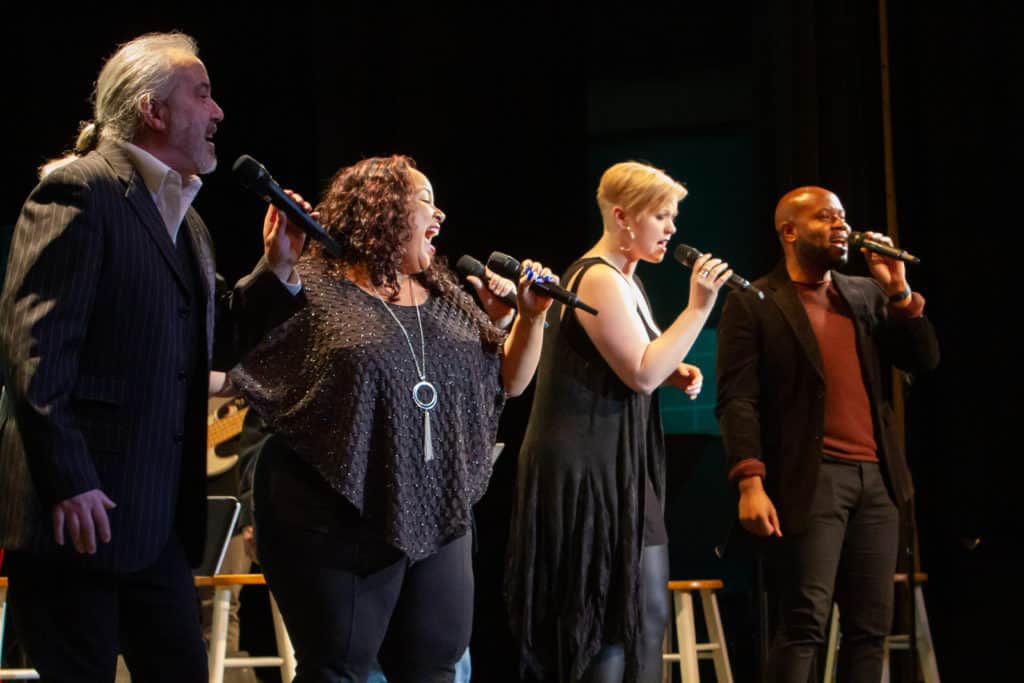
Lisa: You said it yourself, there’s so much material to work with. Rock & roll is such a big category, and I know there’s a debate as far as what rock & roll is and what the actual definition is. Do you want to touch on that?
Neil: Little Richard said, “Rock & Roll is just the blues sped up.” There’s so many genres and subgenres of rock & roll, and when the rock & roll Hall of Fame came along, that’s when the debates came: “What is rock & roll?” I think what they’re talking about is any great music that’s rooted in the rock & roll of the past. I’ve always called it rock & roll stew. You’ve got the blues and early great bluesmen, like Muddy Waters, and all those people from back in the 20’s until the 50’s. You also have gospel, which is why it’s a subcategory. Aretha Franklin, before she ever did rock & roll, was a gospel artist. Ray Charles once took the blues and gospel. “Rock & Roll Mama” was a big hit in the 30’s, not too many people know it now. There’s a lot of country that influenced rock & roll, “rockabilly” as they call it. Once it hit with the explosion of The Beatles in the 60’s, they started using classical instruments, prog rock, jazz fusion rock and metal rock. When the mid-70’s came along, funk music, with James Brown being an extension of that, lead directly to rap music and those kinds of beats. Even though I would stay in the Broadway community, if you took the show Music Man and listened to the first song in the 50’s, that’s a rap song; It’s basically just talking dialogue over a bit of music. That’s why I think there’s so many sub-genres that they consider now into the Rock & Roll Hall of Fame. I think it’s a good thing; people should not pigeonhole what music is. Hopefully, there will always be an extension. It may not be what we all like, but there’s always room for more.
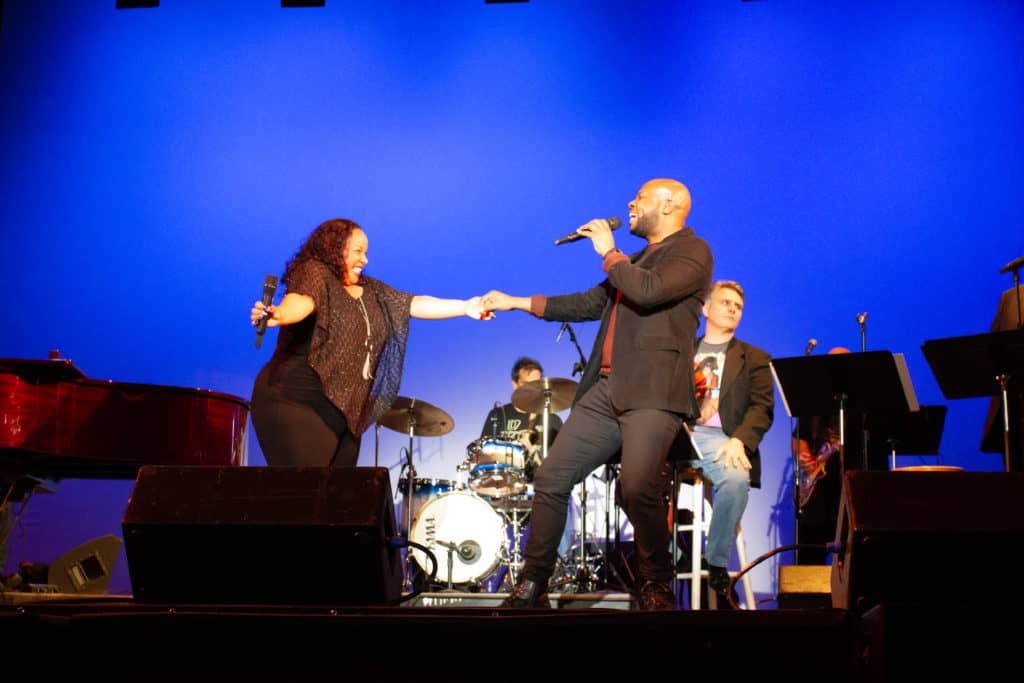
Lisa: Absolutely. With all of those choices out there, I can’t even imagine curating something like this. That goes towards your mindset, your sense of organization, your sense of history and your creativity. What can our audiences look forward to? You mentioned The Beatles, what else can we expect in Part 3?
Neil: You’re going to get some of those great artists again and also a few new things. In the 70’s, there was a great singer-songwriter era. When you take Billy Joel and Elton John, for example, there’s so much material to choose from and you can’t really leave them out, so you can expect a couple of different songs. I always debate, if you leave out one certain Billy Joel song, people get very angry. They want to hear it and they want to sing along with it, and I think your audience knows what I’m talking about. He was a “Piano Man,” wink wink. There are some other singer-songwriters that we didn’t get to, like Jim Croce who was so big in the 70’s. I can tell you, I remember listening to the radio and songs like “Bad, Bad Leroy Brown” were on every two seconds.
Lisa: That was one of my favorites, Neil! I was probably in pre-school and I knew that song because it was so catchy.
Neil: Yes, everybody knows it! So, you can expect a couple of surprises and for us to dig deeper into what was very popular then that is still in the conscious now. You can’t leave people out like The [Rolling] Stones and Bob Dylan, but you can do different material. Of course, we’ll do a tribute to Motown, which is so iconic that we need to do that. We do the early music of Elvis and go into the 50’s with doo-wap and Woodstock tributes. The question is, what do we pick from the late 70’s? There was so many great bands, especially after 1975; there was Queen, you can definitely expect a Queen song because we want to make sure that they’re represented. There were female rockers as well, like Linda Ronstadt. There’s going to be a lot of great, great music and I’m excited for people to come rock out with us.
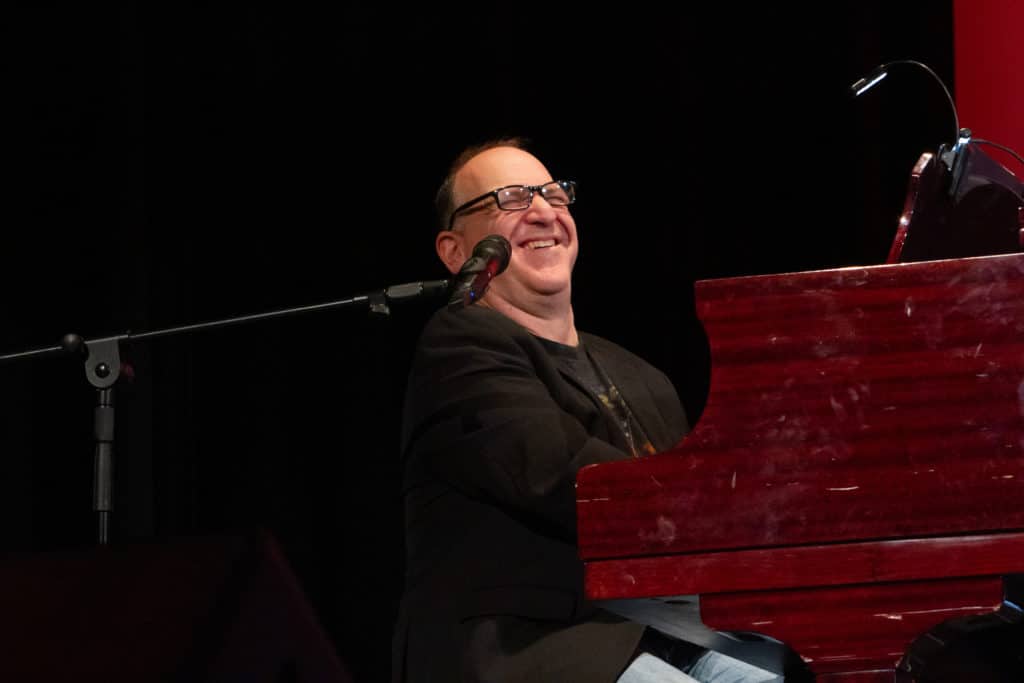
Lisa: We still have some great seats available on our website, TheHanoverTheatre.org, or you can contact our Box Office at 877.571.SHOW (7469.) Tickets start at just $45! For a show like this, it’s a fantastic value. Big shoutout to Cornerstone Bank for generously sponsoring this show. We hope to see you there!
Neil: It’ll be great to see everybody and play in New England again where people love their rock & roll. It’s because of you that we love coming back so much.
